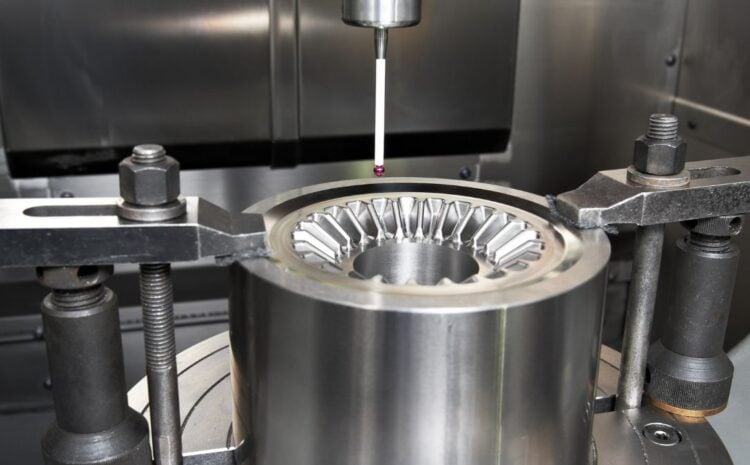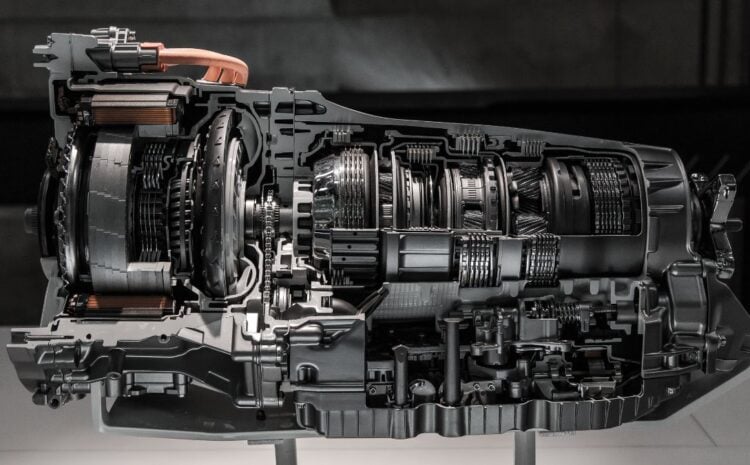Throughout the beginning of time, gears have been a fundamental component of many different kinds of mechanical systems. For the best machine performance, whether you’re a robotics expert or a vehicle enthusiast, you must be familiar with the different types of gear and their specs. This article will explore the world of gears and the different ways people use them.
Types of Gears
- The most typical kind of gear is spur gear, which consists of two cylindrical wheels meshing together. A spur gear has straight teeth. Vehicles and industrial machinery use gears in areas where speed and power transmission are critical.
- Like spur gears, helical gears cut teeth at an angle to create a smoother mesh and reduce noise. They frequently appear in high-speed devices like turbines and gearboxes.
- Conical in shape, bevel gears have teeth that mesh at an angle. Automobiles use them in differential gears to transfer power between intersecting shafts
- Manufacturers use worm gears in low-speed, high-torque applications such as winches and conveyor systems. Worm gears consist of a wheel with angled teeth that mesh with the shaft and a screw-like shaft.
- Manufacturers use planetary gears, also known as epicyclic gears, in applications where high torque and large reduction ratios are necessary, such as automatic transmissions and wind turbines. Planetary gears consist of a central gear that meshes with several outer gears and a ring gear.
- A linear rack and a circular pinion gear that meshes with the rack make up a rack and pinion gear. They are employed in steering systems for automobiles to transform rotational motion into linear motion.
Gear Specifications
A number of criteria that describe gears largely determine their performance. We call the size of the circle that passes through the middle of a gear’s teeth the pitch circle diameter, or PCD. When measured along the pitch circle diameter, the module is the space between the teeth. When measured perpendicular to the pitch circle diameter, the face width is the width of the gear’s teeth.
The number of teeth on a gear affects both the speed and torque output; more teeth result in slower speed and more torque. The pressure angle is the angle at which the teeth of one gear engage those of another gear. The helix angle is the angle at that the gear’s teeth are cut with respect to its axis. Backlash, the separation of two meshing gears’ teeth, is measured.
Gear Applications
Several industries, including automotive and aerospace, require gears. Many industries, including the automobile and aerospace sectors, require gears. Differentials, gearboxes, and steering systems all use gears in the automotive industry. Gears are used in robotics and automation to convey power and regulate motion.
Applications in the aerospace and aviation industry include engine parts, flight control devices, and landing gear systems. In the transmission of electricity for wind turbines, hydroelectric generators, and other renewable energy sources, gears are also utilized.
Gear Selection Criterion
The best gear to choose for a certain application will rely on a number of things, such as the load capacity, efficiency, noise level, durability, and lubrication needs. The size and strength of the gear as well as the required amount of torque define the load capacity.
As efficiency evaluates input-to output power transfer, it reduces power loss and heat generation. Noise level is important in safety and environmental applications. When deciding the lifespan of a piece of equipment before it needs replacement, factors such as material quality and surface finish affect durability.
Lubrication requirements can range from dry-running to needing particular kinds of lubricants to function effectively, depending on the gear’s design and operating circumstances.
Maintenance of Gear
Proper maintenance is necessary to guarantee the best performance and gear longevity. You should clean gears regularly to prevent the accumulation of dirt and debris that can cause damage or excessive wear over time. Following the manufacturer’s instructions, you should lubricate different types of gears with appropriate amounts and types of oil. You should inspect gears regularly to check for signs of wear or damage, and if you notice any of these indicators, you should replace the gears promptly to prevent future damage or failure.
Conclusion
Understanding the types and specifications of gears is crucial for guaranteeing optimal performance and reliability. Gears are an integral part of many different sorts of machines. Load capacity, efficiency, noise level, durability, and lubrication requirements all play a role in choosing the best gear for a given application.
Furthermore, regular cleaning, lubrication, and inspection are necessary for guaranteeing the best performance and longevity of gears. With this information, engineers, technicians, and enthusiasts alike can choose the right gear, perform routine maintenance, and guarantee that machines run as efficiently as possible.



